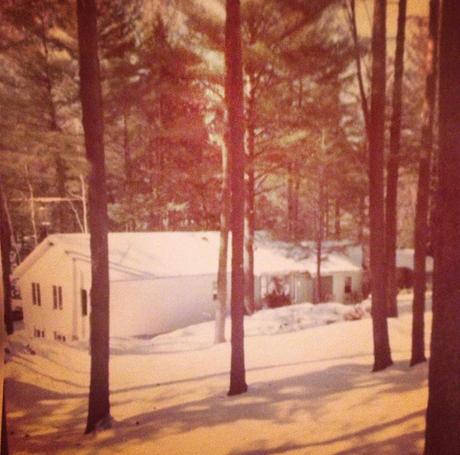Any time I take a dawn flight into the outrageous pinks of sunrise, I am floored by feelings of nostalgia.
I am reminded of the long-haul travel across the Atlantic of my 1970s childhood. Airlines back then had names like Trans World Airlines and Pan American World Airways. Air-hostesses gathered static in their nylon uniforms and there was no vegan option on the menu. The in-flight entertainment consisted of one film projected onto a wide screen at the front of the cabin; the interior was stained with nicotine.
I would sleep for most of the journey, missing the endless yaw of the Atlantic and the icebergs of Canada, and wake up as the plane banked towards Logan airport, Boston. The cabin flooded with the purple hues of another dawn and I would peer out of the window, imagining that I was reeling America in by magic. Landings in those days were different, sudden and screeching.
Waiting for our luggage was a humiliating family ritual of heaving half-open cardboard boxes off the carousel to the amusement of our fellow passengers. The boxes contained ‘very-important-papers-my-dad-needed-for-the-novel-he-was-working-on’, fishing rods, golf clubs, surf boards, guitars, packets of British biscuits. Suitcases, apparently, were bourgeois.
US officials, bemused by our British accents and US passports, would wave us through immigration. Then I would run into the expectant arms of my grandparents, swooning at the delicious smell of my grandma; Emeraude by Coty. During the journey from Boston to the Uncanoonuc Mountains of New Hampshire, someone would roll down a window and the smell of pine trees would fill the car. To this day, the smell of pine makes me feel inexorably at home.

Nostalgia, which translates as ‘a painful longing to return’ was considered a sickness when the term was coined by Johannes Hofner in the 17th century to describe the malaise experienced by Swiss mercenaries yearning for the mountains of home when traveling through the flat lands of Europe. The army even banned the singing of Swiss songs, likely as this was to induce the ‘disease’ of Nostalgia among troops.
By the 19th century, nostalgia was considered less of a disease and more a melancholy state, a psychological yearning which helped fuel the Romantic movement and the tubercular masses who headed for the Alps to dream and recuperate.
Now, in my later years, nostalgia is a daily occurrence; it’s an ache, a hunger for something I cannot satiate, a mote of dust in the corner of my eye. In the time between the then and now, I imbue my experiences with an emotional potency they didn’t necessarily have originally, and it serves a purpose. Research suggests that nostalgia has many functions; increasing well-being, providing existential meaning and comfort. Feelings of loneliness can lead to nostalgia, which in turn provides feelings of social connectedness. It worries me that super-connected Generation Z, are, according to research, also the loneliest*. Locked behind their smartphones and Fortnite games, they are less exposed to the complex nuances of sensory experience that might bring them nostalgic joy in later life. Potent triggers for nostalgia are smell and touch, which pass straight through to the emotional seat of the brain, along with things like music and even the weather. Instagram and Snapchat offer fleeting histories, they are memory banks owned by someone else. Perhaps the reason online connection feels so incomplete, is because it lacks the subtleties of smell and touch, and the small visual clues that one day in the future, will give us a past.
I’ve heard it said that ‘memory is let down like a rope from heaven’, and the older I get, the more conscious I am of determinedly creating sensory moments in time, of making memories that might one day be ‘ropes from heaven’ for my children when I am no longer here.
I have some home-movie footage from the 1950’s of my grandparents and my father skating on a lake in the Uncanoonuc Mountains. At one point, they all turn towards the camera, squinting in the low winter sun, and wave towards the lens, arms around each other, laughing. All three of them are gone now, but this is the way I like to remember them; in grainy, saturated colours, surrounded by pines, skating joyfully on some ethereal surface between now and then.
* https://www.cnbc.com/2018/05/02/cigna-study-loneliness-is-an-epidemic-gen-z-is-the-worst-off.html
